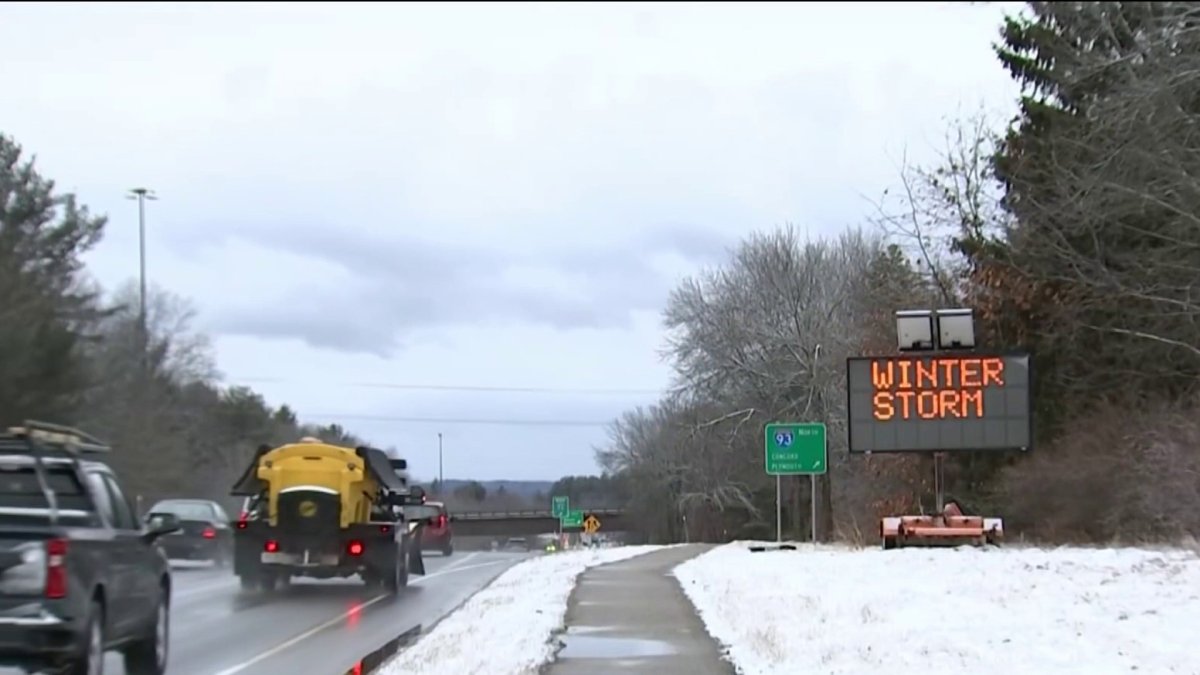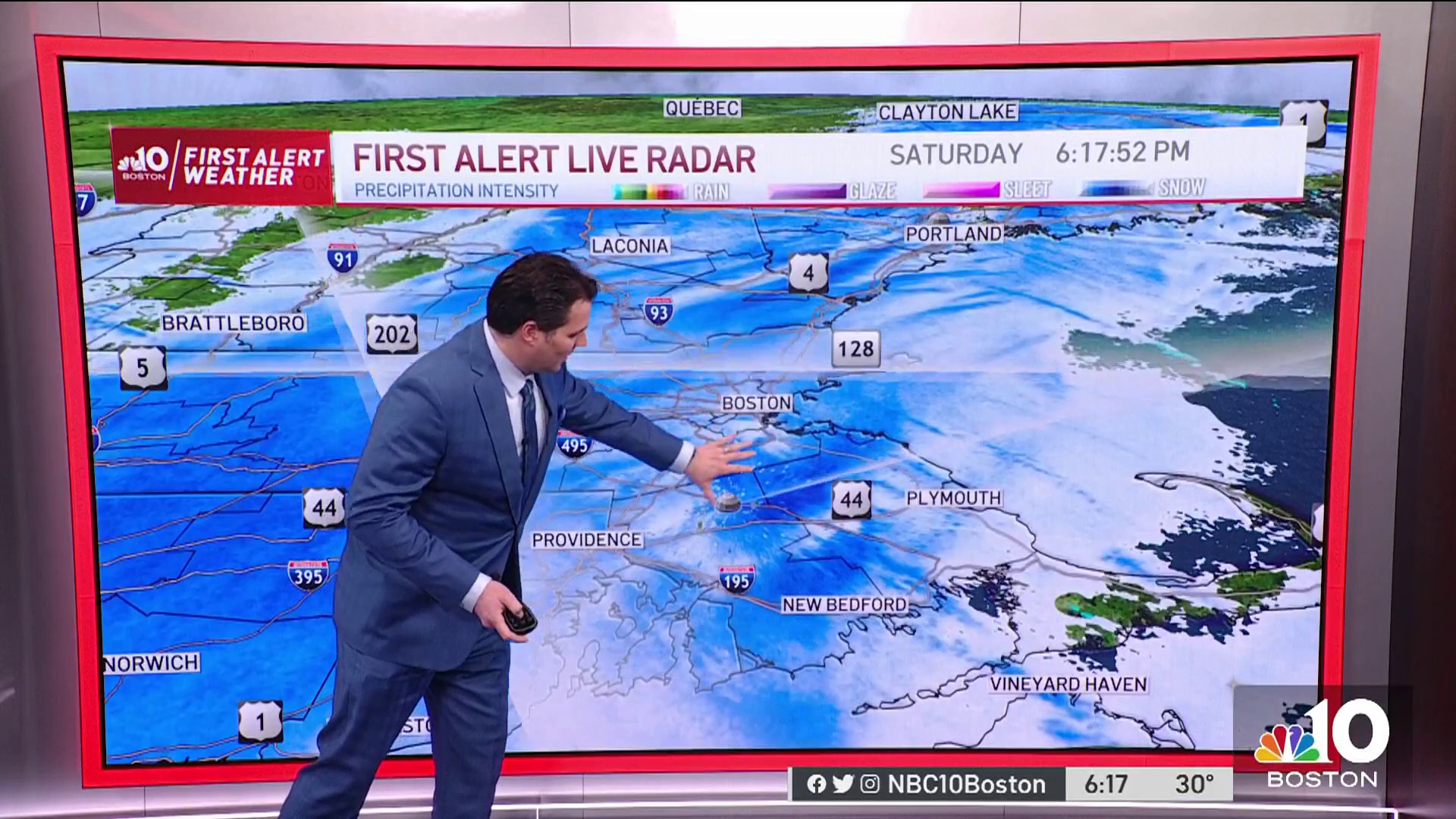
New Hampshire State Police responded to multiple crashes across the state on Saturday, urging drivers to slow down.
New Hampshire State Police responded to multiple crashes involving cars sliding off snowy roads on Saturday, prompting warnings to slow down or stay home if possible.
A late winter storm blasted the northeastern United States on Saturday with high winds and snow that was forecast to pile up to a foot high in some areas, sending temperatures plummeting and making travel hazardous.

With winds gusting to 40 mph near our mountains and over 50 mph in southeastern Massachusetts, visibility was also reduced across the region.
State police urged drivers to stay home and stay safe as they were called to the scene of crashes across the Granite State, including in Stoddard, New Hampton and Unity.
In Stoddard, troopers responded to a single-vehicle crash on Route 123N. No injuries were reported.
On Interstate 93 southbound in New Hampton, troopers were called to another single-vehicle crash. The car had slid off the highway, onto a snowy embankment, but no injuries were reported.
Minor injuries were reported after a rollover crash early Saturday morning on 2nd NH Turnpike in Unity. The car appeared to roll down an embankment and land on its side in the middle of several trees.
Conditions ranged from snow to rain across the state, and state police reminded drivers to leave themselves extra time and to drive for the current conditions, specifically asking drivers to slow down on the slick roadways.
"The slightest change in elevation can change road conditions," said Eileen Meany, with the New Hampshire Department of Transpiration. "It can also change air temperature and road temperature. All of those factors influence driving conditions."
Local
Drivers were careful to take it slow on Saturday, including Kaitlin Tessier, who had pulled over after her car ran out of windshield wiper fluid.
"Roads are a little dirty so it kicks back right up into the windshield and I should have filled up before I left but poor choices were made," she said. "It got pretty bad I couldn’t see, couldn’t see much at all."
Once she topped off her car, Tessier hit the road again and cruised her way home.
"We’ve seen a lot of accidents in our area recently and I don’t want to be a part of that so we just take it nice and slow," she said. "If it takes us a little longer, we’d rather get there safe than not get there at all."
A spokesperson for the state department of transportation told NBC10 Boston Saturday night that they have every available truck and driver out working to clean up throughout this storm.
"I have snow tires that are studded so I don’t get the effects as much but it was definitely you could feel the car like blowing a little bit," said Beth Jarvis, who was driving to Hanover.
Slick roads were also blamed for crashes as rain turned to snow and began to pile up in parts of Maine, northern New Hampshire and Vermont. In neighboring Vermont, where as much as 14 inches of snow was expected, officials warned that potential blizzard conditions and blowing snow could make travel "difficult to impossible.''
Parts of northern New England were expected to receive 8 to 12 inches before the storm pulls away early Sunday, and there was additional concern for slick roads Saturday night with wet surfaces rapidly becoming icy due to plummeting temperatures.
NBC10 Boston and NECN meteorologist David Bagley said wind chills will come down to subzero Saturday night in New Hampshire and Vermont, meanwhile in Massachusetts we’ll range from near 0 to single digits in the far southeast.
The Associated Press contributed to this report

